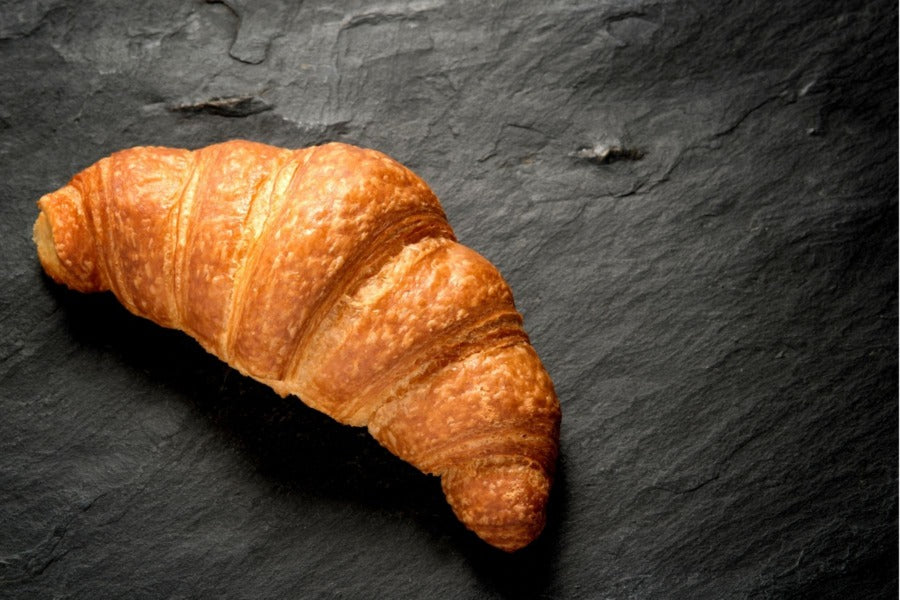The history of the Easter Dove has ancient roots and is intertwined with religious traditions that date back to before the Christian era. But before examining the religious significance of the dessert, it is important to understand the historical context.
In ancient Rome, during the spring period, holidays were celebrated in honor of the goddess Ishtar, the divinity of fertility and rebirth. During these celebrations, cakes in the shape of birds were prepared, a symbol of fertility and new life.
With the advent of Christianity, many of the pagan traditions were incorporated into Christian holidays, including the Easter period. The dove, as a symbol of peace and the Holy Spirit, became an integral part of the Easter celebration.
The Easter dove as we know it today has its roots in the 4th century, when the bishop of Milan, San Colombano, brought with him a dove-shaped dessert during an important peace negotiation. This symbolic gesture led to the end of a siege and peace between the parties involved. From that moment, the dove became a symbol of peace and resurrection.
The sweet Easter dove was therefore associated with the Easter period, which celebrates the resurrection of Jesus Christ. The dove represents the peace, joy and hope that comes from the resurrection of Christ. It is a symbol of renewal and new life.
The tradition of the Easter dove has spread throughout Italy over the centuries. Each region has developed its own variant, with different ingredients and decorations, but the symbolic meaning remains the same.
Today, the Easter dove has become a traditional and highly appreciated dessert in Italy. It is a symbol of sharing and celebration, which unites families during Easter celebrations. In addition to its religious value, the dove also represents a moment of joy and sweetness, in which rebirth and the beginning of a new season are celebrated.
Read also..
Croissants, brioches, croissants
Easy to get confused, isn't it? These three delicacies have one thing in common, besides their goodness: the shape! But they are very different, in terms of ingredients, processing complexity, final result and uses. Among these three, croissants are the...





Share:
Macrobiotics and celiac disease
Easter eggs